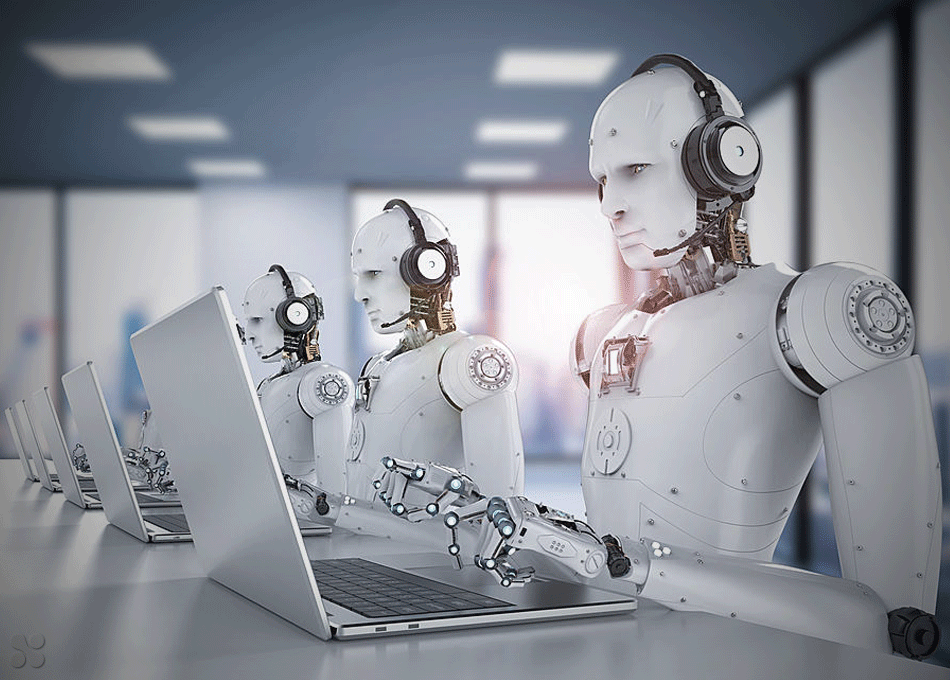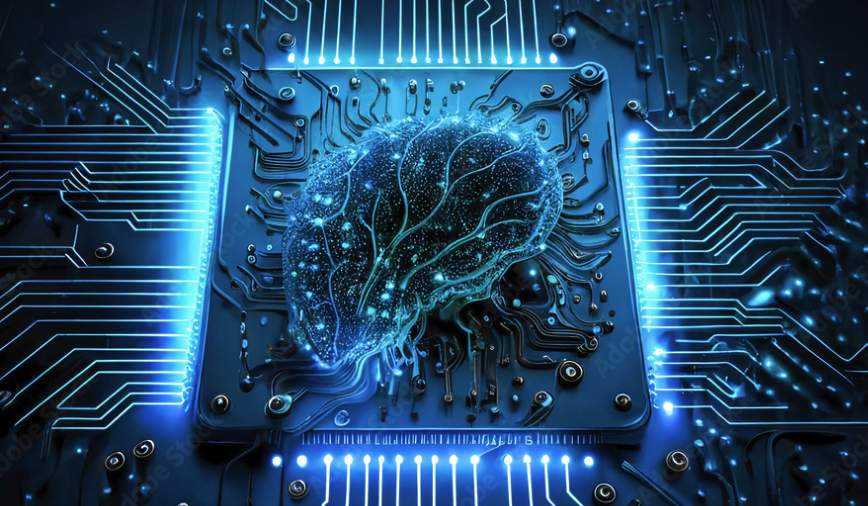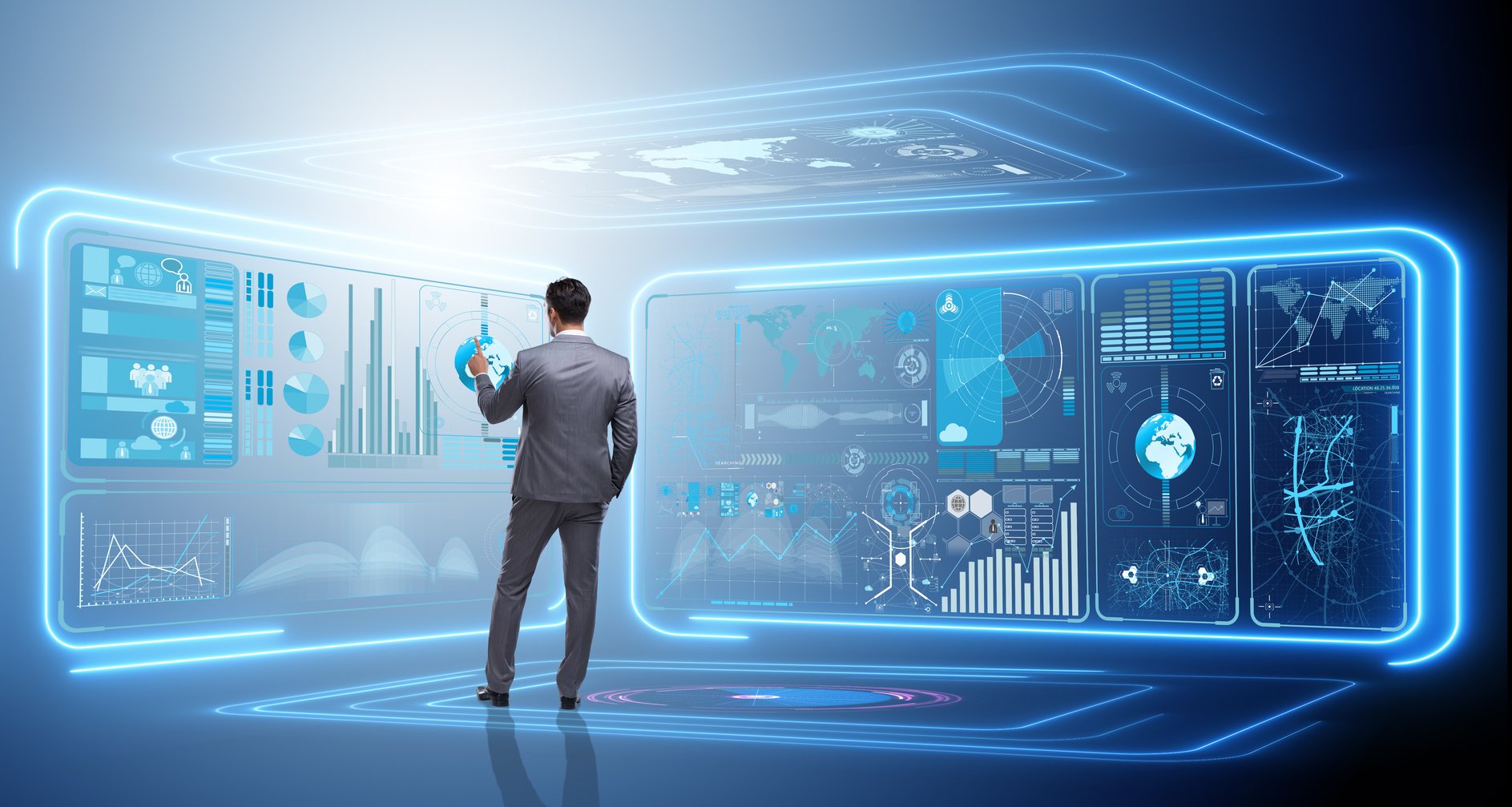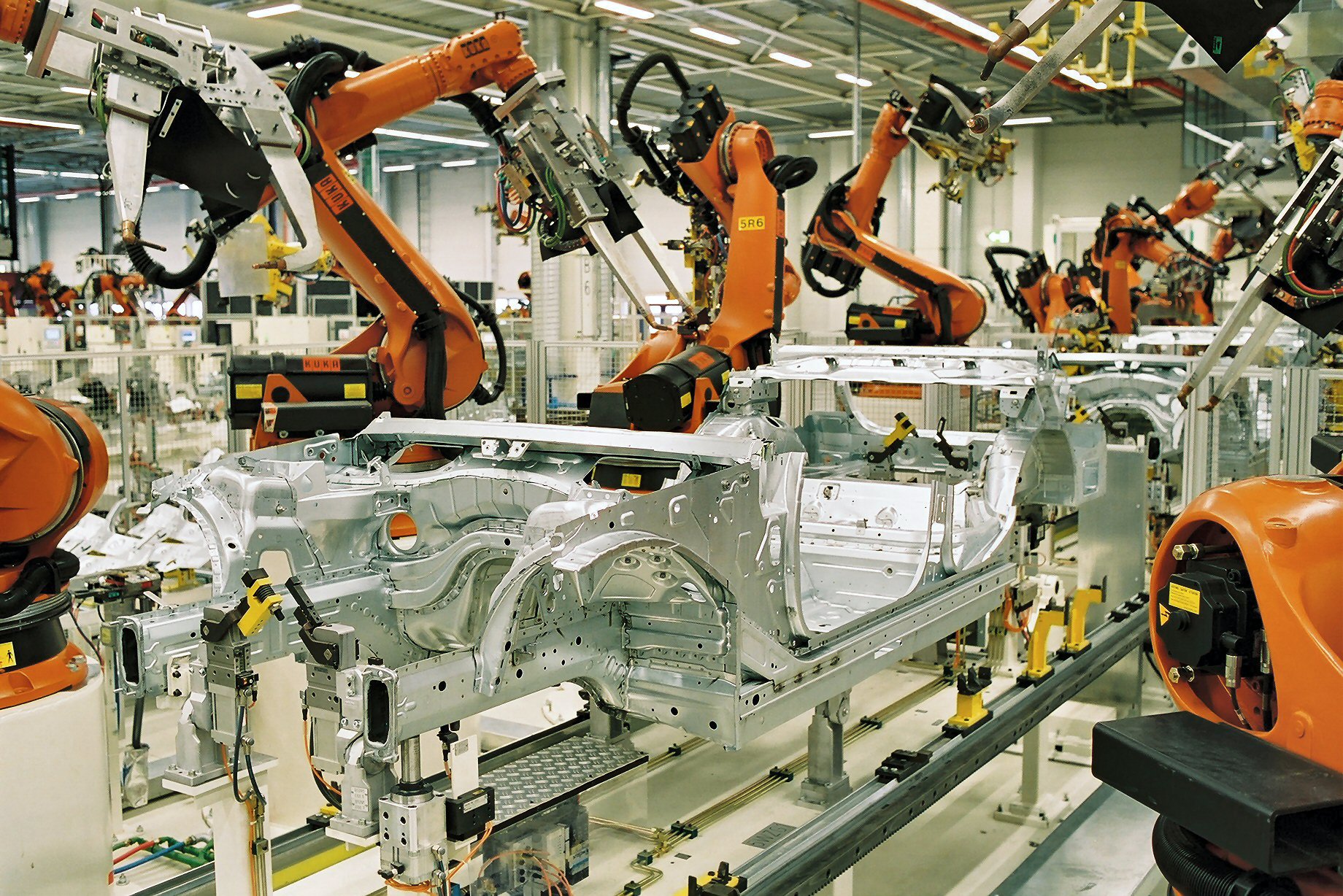In the rapidly evolving landscape of digital experiences – from immersive games and virtual reality to virtual assistants and the metaverse – the quest for truly lifelike avatars is paramount. We have mastered the art of making avatars speak, using Azure Viseme API technologies that synchronize lip movements with audio. But what truly brings a digital character to life isn’t just what they say, but how they say it – with genuine, believable emotion.
This post delves into the exciting frontier of Emotional AI for Avatars, exploring how artificial intelligence is enabling us to infuse digital characters with feelings, moving far beyond mere lip-synchronization to unlock hyper-realistic facial expressions.
Visemes vs. Emotions
Before we dive into the emotional realm, let’s clarify the fundamental difference between two key aspects of avatar animation:
Viseme-Driven Animation: This focuses on the movements of the mouth and jaw to match speech sounds. A viseme (e.g., the ‘O’ sound, the ‘P’ sound) represents a specific mouth shape. APIs like Azure Viseme API provide this phonetic timing, making avatars appear to “talk.” However, a perfectly lip-synchronized avatar without any other facial movement can still feel robotic or lifeless.
Emotion-Driven Animation: This goes beyond lip movements. It is about conveying emotional states like joy, sadness, anger, surprise, fear, or disgust through the entire face – eyes, eyebrows, forehead, cheeks, and the subtle nuances of the mouth. This is where true character and empathy emerge.
While visemes provide the foundational layer for speech, emotional AI provides the expressive layer that makes an avatar live and engaging.
The AI’s Emotional Intelligence: How Avatars “Feel”
So, how does an AI understand what emotion an avatar should display? It starts with analyzing various inputs:
Sentiment Analysis from Text: If your avatar is a chatbot, AI can analyze the sentiment of the text it’s about to speak or the text it’s receiving from a user. For instance, if a user types, “I’m so frustrated with this problem,” the AI can detect “frustration” or “negative sentiment.”
Emotion Detection from Voice: More advanced systems can analyze the tone, pitch, volume, and pace of human voice input (or the avatar’s own generated speech) to infer emotions. A high-pitched, rapid speech might indicate excitement or anxiety, while a slow, low tone could suggest sadness.
Contextual Cues: AI can also be trained to understand conversational context. If a user is discussing a positive event, the avatar might lean towards happy expressions, even if the direct sentiment isn’t explicitly stated.
These AI models, often powered by deep learning, are trained on vast datasets of emotional speech, facial expressions, and text to accurately classify and predict emotional states.
The Art of Expression: Mapping Emotions to Avatars
Once an emotional state is detected, the next challenge is translating that feeling into tangible facial movements. This is typically achieved through:
Blend Shapes (Morph Targets): This is the most common method for highly detailed facial animation. A 3D avatar model has blend shapes for specific facial movements (e.g., “brow_raise,” “mouth_smile_left,” “eyes_squint”). Each of these is a “blend shape.” The AI system then activates these blend shapes with varying “weights” (values from 0 to 1) to create composite expressions.
Examples of Mapping:
Joy: High weights for “mouth_smile,” “cheek_raise,” “eyes_squint,” “brow_inner_up.”
Sadness: High weights for “brow_inner_down,” “mouth_frown,” “eyes_look_down.”
Anger: High weights for “brow_down,” “mouth_tight,” “nose_wrinkle,” “jaw_forward.”
Surprise: High weights for “eyes_wide,” “brow_outer_up,” “jaw_open.”
The Uncanny Valley and Believable Transitions
One of the biggest hurdles in creating emotionally expressive avatars is the “uncanny valley.” This phenomenon describes the unsettling feeling viewers experience when an avatar looks almost human which leads to a sense of unease. Abrupt emotional transitions are a prime reason.
To overcome this:
Smooth Interpolation: Instead of instantly jumping from one expression to another, the system must smoothly interpolate blend shape weights over time.
Micro-Expressions: Real human faces display fleeting, subtle micro-expressions. Advanced AI models can learn to generate these subtle movements, adding a layer of authenticity.
Layered Animation: As discussed in our previous work, viseme-driven animation (for speech) needs to seamlessly blend with emotion-driven animation. The system must prioritize or combine these layers intelligently. For instance, a “happy” expression might slightly modify the mouth shape during speech but not completely override the viseme.
Eye and Gaze Control: Emotions are heavily conveyed through the eyes. AI also needs to control eye movements, blinks, and gaze direction to match the emotional state and conversational flow.
Real-World Impact: Use Cases
The ability to infuse avatars with AI-driven emotional expressions opens up a world of possibilities:
Empathic Virtual Assistants: Imagine a customer service avatar that can detect your frustration and respond with a comforting, understanding expression, making the interaction feel more human and less transactional.
Emotionally Responsive Game Characters: NPCs (non-Player Characters) in games could react realistically to player actions, dialogue choices, or narrative events, deepening immersion and emotional connection.
Digital Therapists: Avatars could provide more empathetic and engaging support in mental wellness applications, reacting to user emotions with appropriate facial cues.
Educational Avatars: Teachers or tutors in virtual learning environments could use expressions to convey encouragement, confusion, or clarity, enhancing the learning experience.
Metaverse Interactions: Expressive avatars will play a key role in fostering genuine social connections and rich interactions.
Conclusion
Moving “beyond lip-sync” is the next frontier for digital avatars. By integrating AI models for emotion detection with sophisticated blend shape control, we are on the verge of creating digital characters that don’t just speak but truly feel and express. This fusion of AI and animation promises to unlock unprecedented levels of realism, empathy, and engagement, paving the way for a more humanized and immersive digital future.










